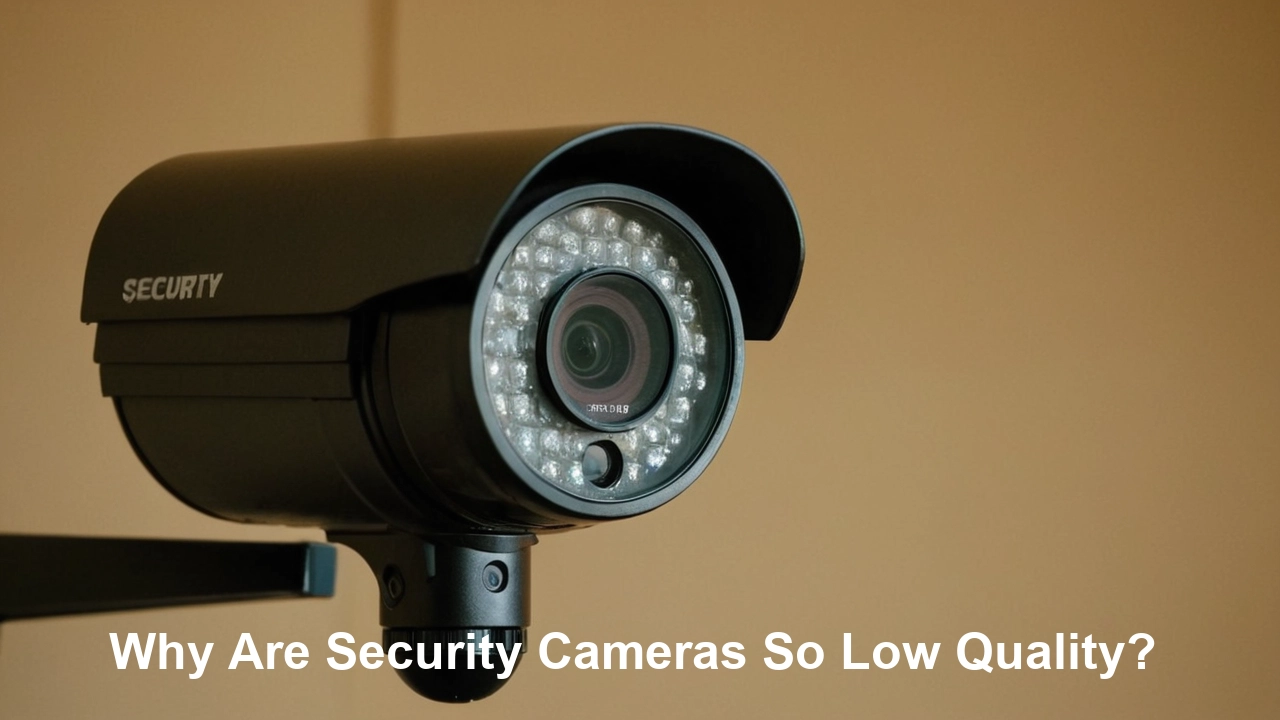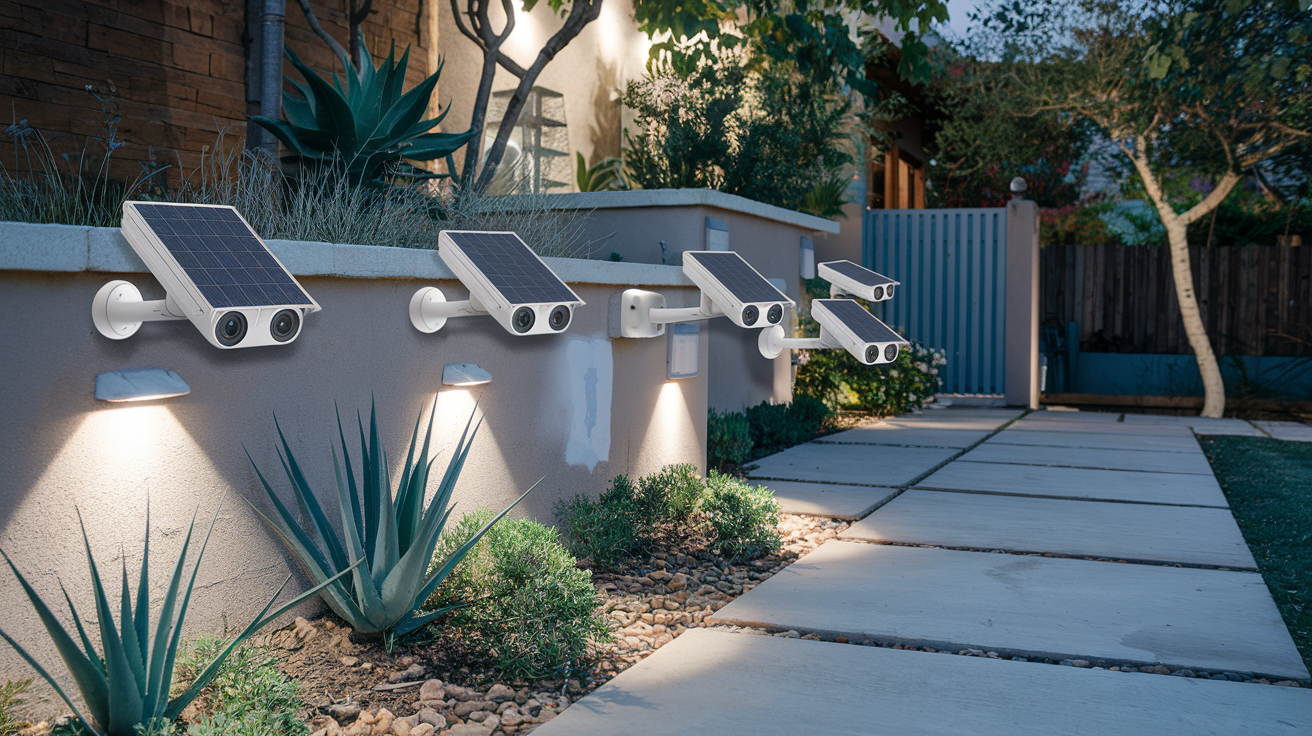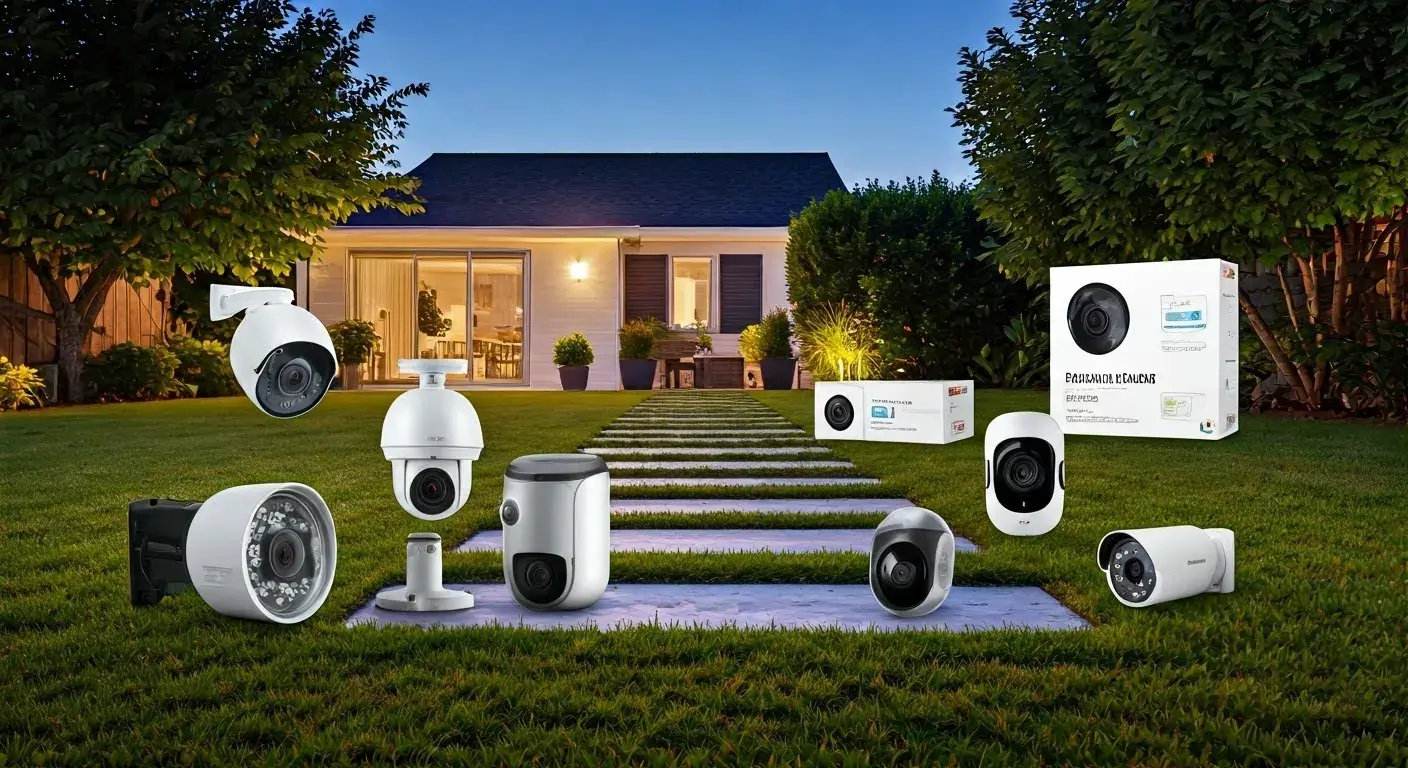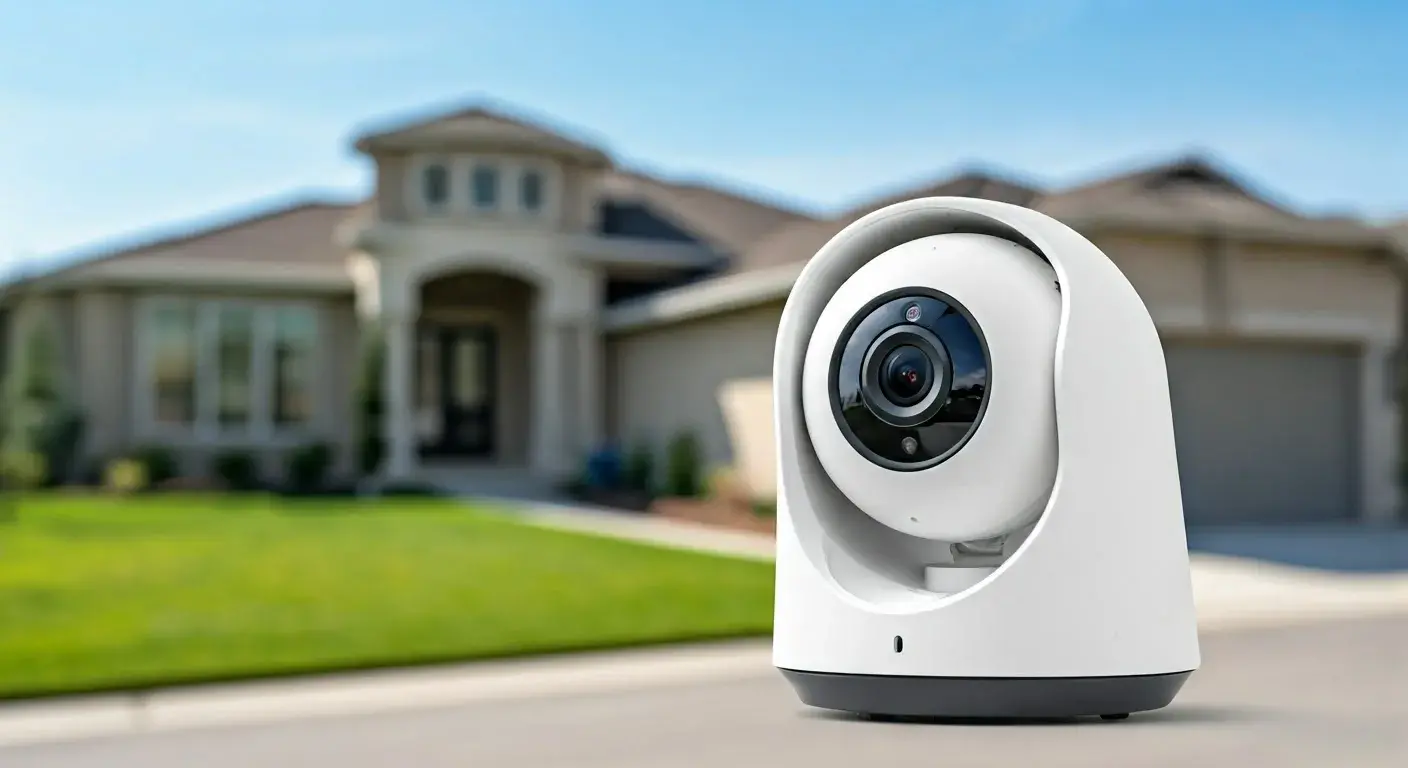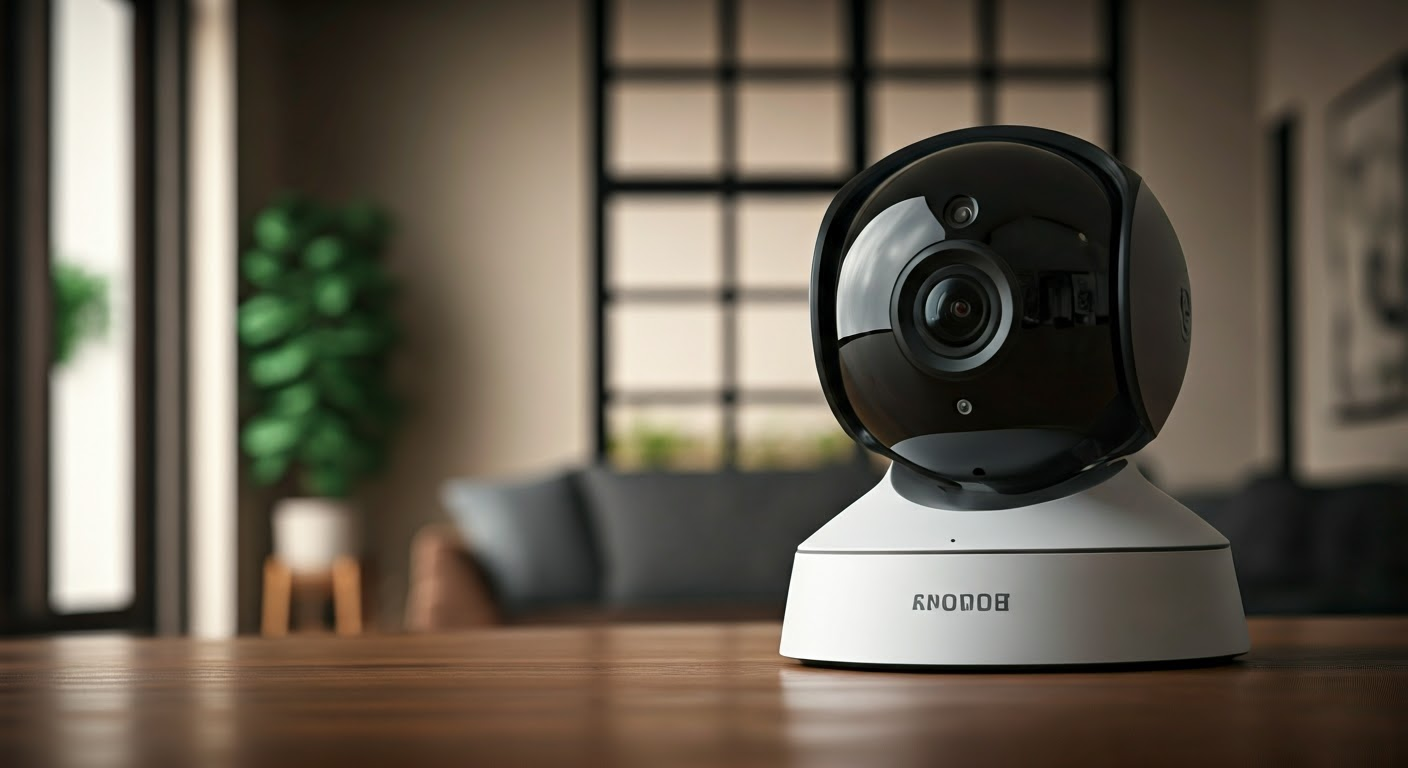CCTV systems are popular these days; you can see them installed in commercial premises like shops, offices, streets, and many other places. However, if one observes the footage recorded by these cameras, he or she is more likely to be disappointed with the resolution of the images. The footage is generally low quality, pixelated, blurry and has very poor high frequency resolution. This goes against the grain of today’s consumer cameras and smart phones that boast of high resolutions and image quality. But why does a security camera give out such a poor video quality? There are several reasons.
This is probably the main reason why there is lower resolution in security cameras because cost is an essential aspect that affects the production of the security cameras. When establishing a surveillance system, companies and other institutions have to consider the quality of videos they want to capture and the costs of purchasing equipment, installing it, and storing data. Cameras with higher resolutions are slightly more expensive to purchase initially. Since security cameras record around the clock, the higher resolution footage means that there’s a need for extensive data storage for all that information. Many organizations cannot afford the price for such quality cameras and vast areas that can accommodate high definition recording. Therefore, consumer-grade HDTV resolutions are not affordable for most of the surveillance requirements. The most important factor considered is the cost, and thus firms are forced to install low resolution cameras to bring down the overall system expenses.
Another key factor is bandwidth restrictions and constraints in relation to carrying traffic. The live video streams from dozens of security cameras have to send the data back to storage on site. To broadcast full HD or 4K video streams, a lot of bandwidth capacity on those local networks is needed. Likewise, systems that transmit the footage to other locations or upload it to the cloud also face bandwidth issues. Higher resolution video entails the use of more bandwidth and as is well known, the use of bandwidth contributes to the monthly bills. Therefore, resolution is reduced to minimize the utilization of bandwidth and cut recurring costs of bandwidth usage.
Security camera makers have not been very strategic in implementing advanced imaging technologies that are usually found in smart handheld devices or digital cameras. Smartphone camera sensors with the size of a pinhead can provide as many as 12, 48 or even 108 Mega pixels with incredible detail. However, the surveillance cameras optimized for minimum cost still come with budget-grade sensors that peak at 2 or 3 MP. Smartphone cameras also use sensors, and the processors and software that can significantly enhance image and video quality. Some of the manufacturers especially of security camera equipment have not fully adopted these technologies that make it possible to have better imagery at an affordable cost.
This primary application of surveillance cameras also plays a part in the acceptance of lesser image quality. Security, business and law enforcement application demand good video coverage with a large coverage area. That occasionally means using wide angle cameras, fisheye cameras, or panoramic perspectives, which may greatly distort image quality. Sophisticated image processing and software that can be found in today’s consumer electronics are not always given the same importance in these industries and security cameras.
Lastly, since surveillance camera footage is used mostly for post-event analysis of accidents, it does not require ultra high definition footage. The key constraint for such systems is to get sufficiently good quality video to recognize people and detect events instead of achieving high-definition images. What was noted is that as long as the degree of detail is sufficient to expose the main elements required for the achievement of the fundamental intended objectives, then lower resolutions are deemed acceptable.
All in all, cost, bandwidth, outdated camera hardware, wide angle lens distortions, and baseline usage needs are the factors to be blamed for the lack of high resolution in the security camera footage while today trends in photography offer high resolution. However, with 4K CCTV cameras and cloud hosting currently in the market, the quality of images should gradually enhance in future. However, achieving the best compromise between sophisticated imaging and the costs will remain a challenge for the security camera video quality to beat consumer electronics technology for years ahead. The good news is that the footage is still useful in achieving its primary objectives of filming illegality and as a source of video evidence when required.
